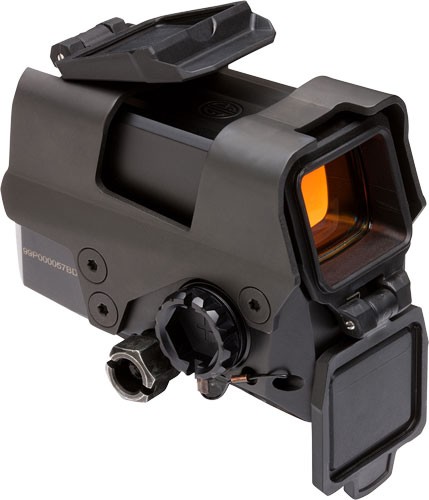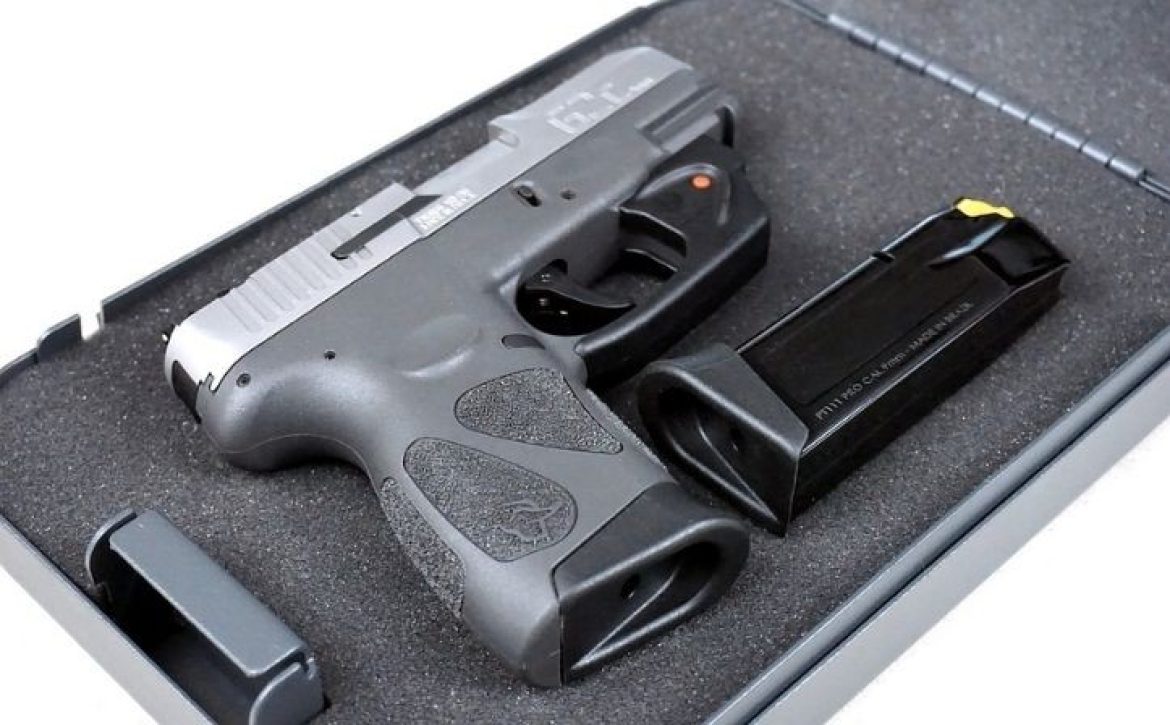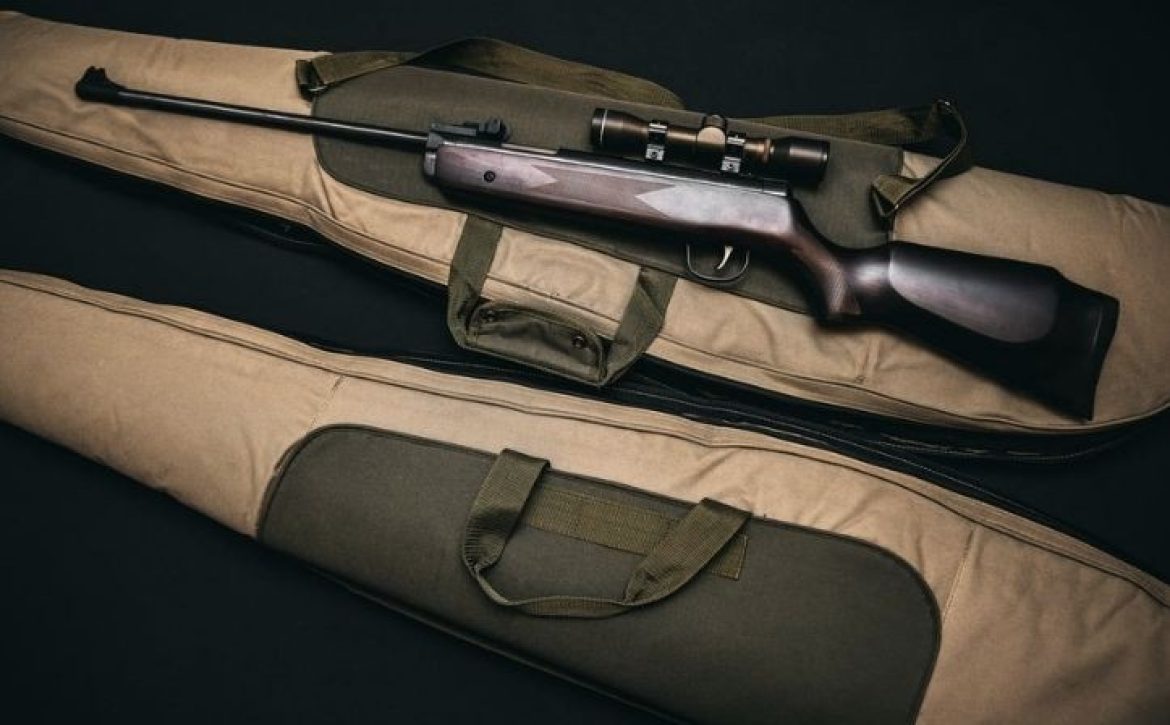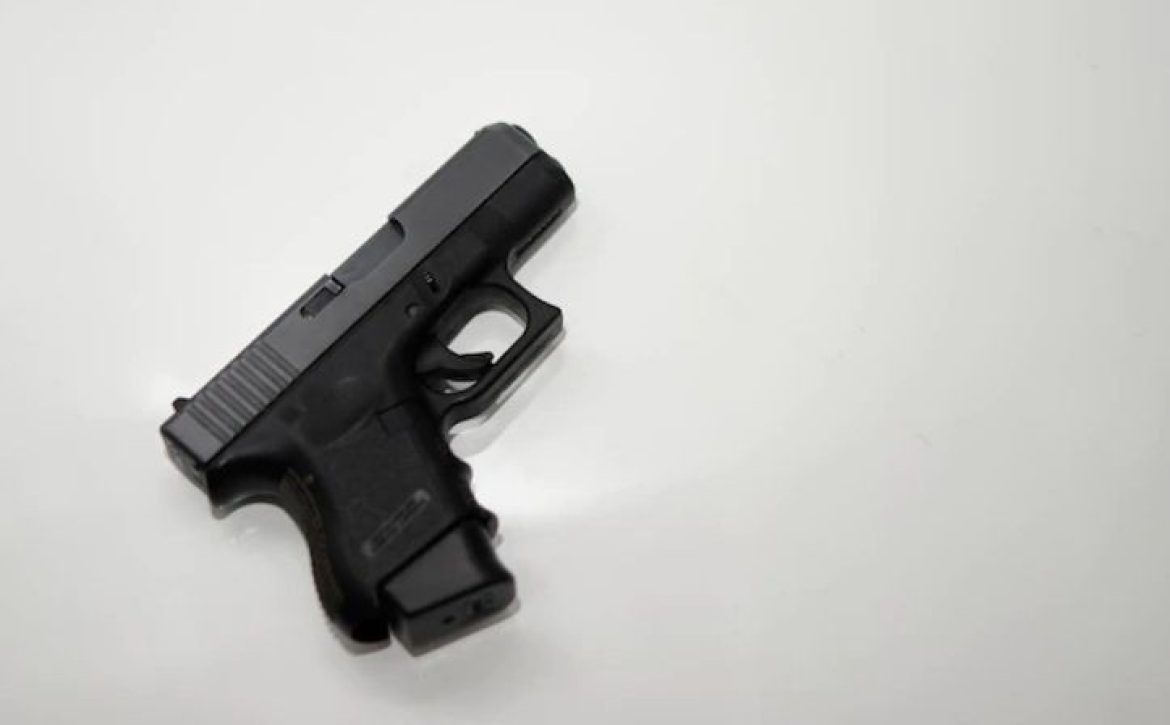Common Gun Cleaning Mistakes That Can Damage Your Firearm
Cleaning your firearm is not the most glamorous of activities, but it is a necessity nonetheless. Every responsible firearm owner must clean their pieces regularly to ensure proper functionality and longevity. While there are firearm cleaning benefits, it’s important to execute the routine correctly to avoid damaging your firearm.
Here, we will outline some common firearm cleaning mistakes and how to avoid them.
Failing to Unload Your Firearm Before Cleaning
Failing to unload your firearm before cleaning is a potentially dangerous mistake, as it can result in an accidental discharge. When cleaning your firearm, ensure that the chamber is clear so that no ammunition is present. Remove the magazine and check the chamber for any rounds that you may have left behind.
Besides accidental discharges, cleaning your firearm with rounds in the chamber can cause damage to the firearm. Rounds can ricochet off the barrel or other surfaces inside the firearm and potentially cause injury. So, always remember to unload your firearm before cleaning.
*This article is for information purposes only and the publishers of this article accept no liability for any injury or death that may occur by anyone who has been exposed to the content of this article!
Using Gasoline or Kerosene to Clean Your Firearm
Using gas or kerosene to clean your firearm is a big no-no. These harsh chemicals can strip away the protective coating on your firearm, leaving it exposed to rust and corrosion. This chemical is bad for your firearm; it also constitutes a fire hazard risk.
A more reliable alternative for cleaning your firearm is a biodegradable product like Hoppe’s No. 9 Cleaner & Lubricant. This gun cleaning solvent will help you get rid of grime and dirt while preserving the protective coating of your firearm. More reliable cleaning solvents like this are available at Armory Den. You can reach out to us if you need one.
Failing to Remove The Cosmoline
Cosmoline is a slimy petroleum jelly that manufacturers use to preserve firearms. But once the firearm is out of storage and in use, it’s no longer necessary to have this preservative. So you may need to clean up the cosmoline on your firearm, especially if it looks messy.
But removing this substance is not as straightforward because it may have seeped into nooks and gaps in the metal. You’ll need acetone or mineral spirits and a little bit of heating and hard scrubbing to get rid of it. Failing to remove the cosmoline from your firearm can cause different problems, including corrosion, jams, and even complete firearm failure. So make sure you take the time to remove all traces of cosmoline.
Failing to Clean the Internal Components
Many firearm owners neglect to clean the internal components of their firearms because they are hard to reach. But skipping these parts can lead to fouling, which can cause the firearm to jam and even prevent it from firing correctly.
The internal components need to be cleaned just as thoroughly as the barrel and other external surfaces. To do this efficiently, ensure that your cleaning kit has small-size brushes and rags that can reach the tiny gaps in your firearm.
Not Using a Bore Guide
Another mistake that people make when cleaning their firearms is not using a bore guide. A bore guide is a slim, plastic, or metal rod that inserts into the firearm’s barrel and helps protect it from scratches or damage. It also ensures that the cleaning process is more accurate and thorough.
When you’re cleaning your firearm, the cleaning rod inevitably bounces around and can cause wear and tear on the barrel. But a bore guide centers the cleaning rod to move straight through the barrel, preventing any possible damage. So make sure to use a bore guide next time you clean your firearm.
Forcing Parts Back Together When Reassembling
Don’t try to force parts back together when reassembling. In the process, you could break something valuable. If those parts came off easily, they’d more likely fit back in the same manner unless there’s something you’re not getting right.
When reassembling a firearm, always ensure that you’re using the correct tools. And if there’s any part, you find confusing to fix, consult the user’s manual or take the firearm to a qualified gunsmith for assistance.
Failure to Use a Good Lubricant
Lubricant is so important during firearm maintenance because it acts as a barrier between the metal parts of the gun and the dirt, carbon, and other residues that build up over time.
A good lubricant will help keep the internals of your gun clean and free from corrosion while also reducing wear and tear. It’s important to use a lubricant with all these qualities: it must be non-toxic, soluble in water, and have low volatility (it won’t evaporate easily).
Disassembling Your Firearm Too Much
Many people think that the more they take apart their firearm, the more accessible it will become to ease the job. But this approach can be counterproductive. Over-disassembling your firearm can do more harm than good.
You should only disassemble your gun as much as necessary to clean it effectively during your cleaning routine. If you’re not sure how to properly clean your firearm, consult a professional. They will be able to show you the right way to clean your gun without damaging it.
Neglecting to Clean Magazines
Neglecting to clean the magazines can cause them to jam, preventing them from loading properly and potentially causing damage to the firearm.
To clean the magazine, you’ll need to remove it from the firearm. Be careful not to lose any parts. Once it’s out, use a cleaning brush or Q-tip to clean out any dirt or debris that may have accumulated. You can also use a light lubricant to lubricate the moving parts. Then reassemble the magazine and put it back in its place.
By avoiding these common mistakes, you can ensure that your firearm stays in good working condition and is ready to handle every task you need. Having a complete cleaning kit will make the maintenance routine a lot easier. You can find some of the best cleaning items at Armory Den, everything from cleaning brushes and solvents to solvent traps and muzzle extensions. Contact us today to find out more about the products we offer.
References:
- https://www.fieldandstream.com/guns/gun-cleaning-mistakes/
- https://www.survivopedia.com/dos-and-donts-of-gun-cleaning/
Notice: Please be advised that this article is for information purposes only and Armory Den, Inc., Armory Den, and/or Armoryden.com, does not accept liability for any negligence, injury, death or other personal or environmental consequences that occur from the sourced and unsourced information in this article.

 SIG OPTICS RED DOT ROMEO 8T - 1X38 2 MOA SHROUD BLACK
SIG OPTICS RED DOT ROMEO 8T - 1X38 2 MOA SHROUD BLACK 









